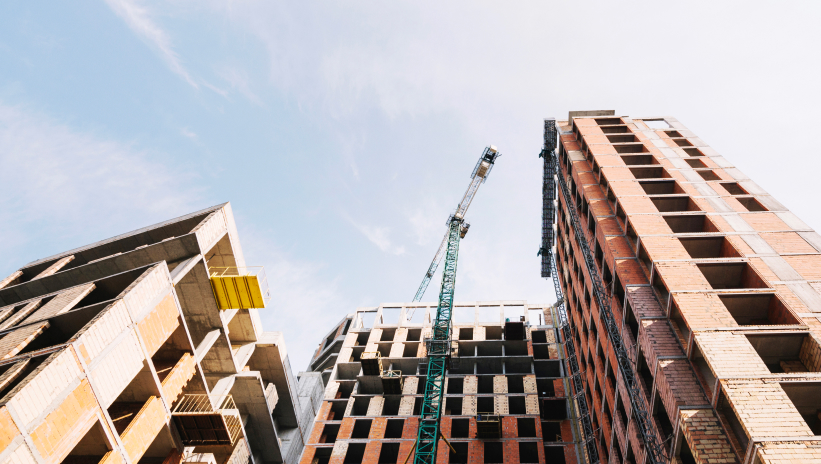Modular Generator Design for Large-Scale Projects

What is Modular Generator Design?
Modular generator design has become one of the most efficient solutions to meet the growing energy demands of large-scale projects. Unlike conventional generators, which are designed as independent and fixed units, modular systems allow several units to be interconnected to operate together as if they were a single high-power installation. This concept offers greater flexibility, scalability, and reliability, especially in sectors where the continuity of power supply is critical. For this reason, more and more large generator manufacturers are offering modular configurations tailored to different scenarios.
Advantages of Modular Systems in Large Projects
Modular generators provide benefits that go far beyond installed capacity. Key advantages include:
- Progressive scalability: additional modules can be added as demand increases.
- Risk reduction: if one module fails, the others remain in operation, ensuring uninterrupted power supply.
- Cost optimisation: there is no need to oversize the system from the outset, as the investment is adjusted to the actual demand at each project stage.
- High availability: modular systems make it possible to schedule maintenance without shutting down the entire operation.
These features make modular design a strategic alternative for industrial plants, major infrastructure, and international projects requiring large-scale energy solutions.
How Modules are Integrated into Power Generation
Module integration is achieved through advanced control systems that automatically synchronise the generators. This technology allows different modular generators to operate as a single power plant, managing loads efficiently.
Modular systems allow several units to be interconnected to operate together as if they were a single high-power installation.
Leading manufacturers implement digital platforms capable of real-time monitoring of consumption, load, and module performance. This ensures greater grid stability, even in complex environments such as hospitals, refineries, or data centres.
Flexibility and Scalability in Power Demand
One of the greatest advantages of modular design is its ability to adapt to fluctuating and even intermittent demand. Having several units to meet power requirements makes it easier to operate each generator at its optimum performance point. Intelligent coordination between modules enables more efficient operation, with lower fuel consumption and reduced wear on equipment, cutting both environmental impact and maintenance costs.

In construction projects, energy requirements vary depending on the phase of work, while in critical industries such as mining or oil and gas, consumption peaks are often unpredictable. Modular generators make it possible to size the energy system precisely, increasing or reducing capacity within hours. This scalability ensures a rapid response to any scenario, optimising resources and reducing operating costs.
Maintenance Optimisation and Reduced Downtime
Maintenance is another strong point of modular design. Unlike a plant based on a single large generator, modularity allows maintenance and repair work to be carried out in phases, while other modules remain operational to guarantee the power supply.
This translates into:
- Reduced downtime.
- Greater safety in critical sectors such as telecommunications, healthcare, or defence.
- Optimised technical resources, as preventive maintenance can be scheduled without affecting service continuity.
As a result, manufacturers specialising in large-scale projects ensure not only the required power but also maximum system availability.
Applications of Modular Design in Industrial and Critical Sectors
The modular design of generators is especially valuable in sectors where uninterrupted power is non-negotiable. Examples include:
- Data Centres: this new way of addressing energy resilience enables the progressive commissioning of complex projects and is fully compatible with standard redundancy schemes (Tier I–IV) through specialised and customised engineering.
- Hospitals and healthcare: ensure uninterrupted power supply for operating theatres, intensive care units, and life-support systems.
- Oil and gas industry: in refineries and plants where any interruption entails risk and high restart costs.
- Remote projects: often with variable energy demands, these benefit greatly from modular scalability.
- Critical infrastructure: airports or power plants require reliable and flexible solutions.
- Construction and infrastructure: from large-scale civil works to temporary facilities, modules adapt to the different stages of a project.
In all these sectors, modular design provides not only power but also reliability, cost optimisation, and security.

Technology Trends to Improve Modular System Efficiency
The future of modular generator design is driven by technological innovation. Main trends include:
- Digitalisation and remote monitoring: real-time control via digital platforms, ensuring optimal efficiency of each module.
- Integration with renewable energy: hybrid systems combining diesel or gas generators with batteries and renewables enhance project sustainability.
- Alternative fuels: biofuels and HVO (hydrotreated vegetable oil), which reduce the carbon footprint without altering engine performance. Although exhaust emissions remain the same, lifecycle calculations lower the overall climate impact.
- Eco-design and energy efficiency: reducing environmental impact and complying with international standards are shaping the sector’s evolution.
In this context, large generator manufacturers are developing increasingly efficient, reliable solutions tailored to the demands of the energy transition.
Conclusion
Modular generator design has become a strategic response to the energy needs of large-scale projects. Its flexibility, scalability, and operational efficiency, combined with its ability to guarantee service continuity, make it a key solution in critical and industrial sectors.
Modular generators make it possible to size the energy system precisely, increasing or reducing capacity within hours.
With the advancement of digitalisation, sustainable fuels, and renewable integration, modular generators are set to lead the future of large-scale distributed generation, delivering power, reliability, and sustainability in a single system.











